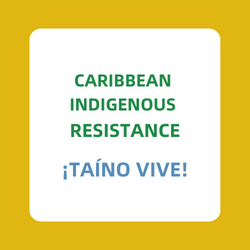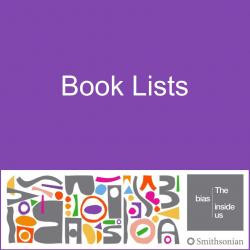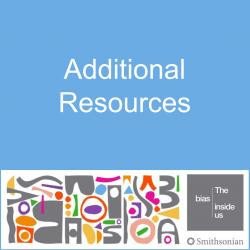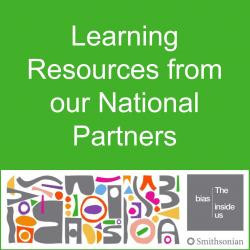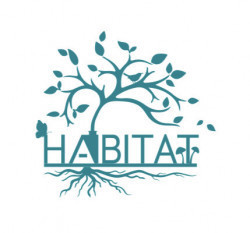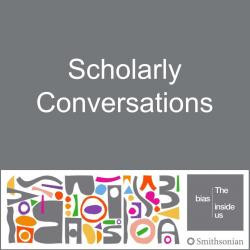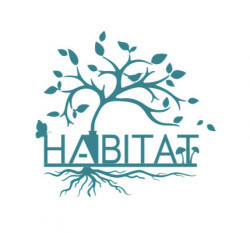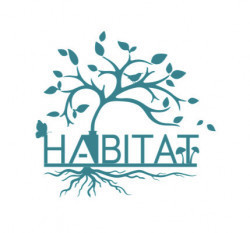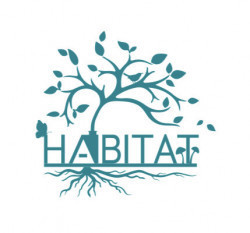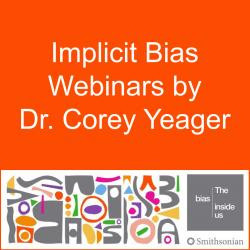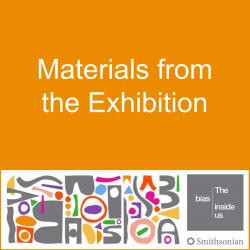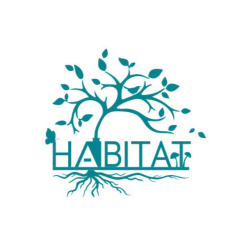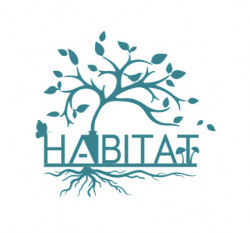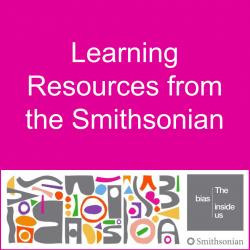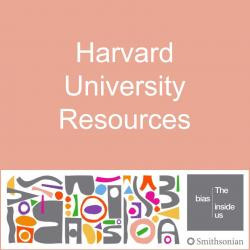Smithsonian Institution Traveling Exhibition Service
The Smithsonian Institution Traveling Exhibition Service (SITES) has been sharing the wealth of Smithsonian collections and research programs with millions of people outside Washington, D.C., for more than 65 years. SITES connects Americans to their shared cultural heritage through a wide range of exhibitions about art, science and history. For more information, including exhibition descriptions and tour schedules, visit sites.si.edu.
Smithsonian Institution Traveling Exhibition Service's collections
Corazón y Vida: Lowrider Culture in the United States / Cultura Lowrider en los Estados Unidos
 Smithsonian Institution Traveling Exhibition Service
Smithsonian Institution Traveling Exhibition Service
Caribbean Indigenous Resistance / Resistencia indígena del Caribe ¡Taíno Vive!
 Smithsonian Institution Traveling Exhibition Service
Smithsonian Institution Traveling Exhibition Service
Billie Holiday at Sugar Hill: Photographs by Jerry Dantzic
 Smithsonian Institution Traveling Exhibition Service
Smithsonian Institution Traveling Exhibition Service
The Bias Inside Us Book Lists
 Smithsonian Institution Traveling Exhibition Service
Smithsonian Institution Traveling Exhibition Service
Additional Resources
 Smithsonian Institution Traveling Exhibition Service
Smithsonian Institution Traveling Exhibition Service
Learning Resources from our National Partners
 Smithsonian Institution Traveling Exhibition Service
Smithsonian Institution Traveling Exhibition Service
Habitat: Healthy Habitats Need Clean Air
 Smithsonian Institution Traveling Exhibition Service
Smithsonian Institution Traveling Exhibition Service
Habitats and Humans
 Smithsonian Institution Traveling Exhibition Service
Smithsonian Institution Traveling Exhibition Service
Habitat: Healthy Habitats Need Shelter
 Smithsonian Institution Traveling Exhibition Service
Smithsonian Institution Traveling Exhibition Service
Habitat: Healthy Habitats Need Food
 Smithsonian Institution Traveling Exhibition Service
Smithsonian Institution Traveling Exhibition Service
Resources from the Smithsonian
 Smithsonian Institution Traveling Exhibition Service
Smithsonian Institution Traveling Exhibition Service
Harvard University Resources
 Smithsonian Institution Traveling Exhibition Service
Smithsonian Institution Traveling Exhibition Service


